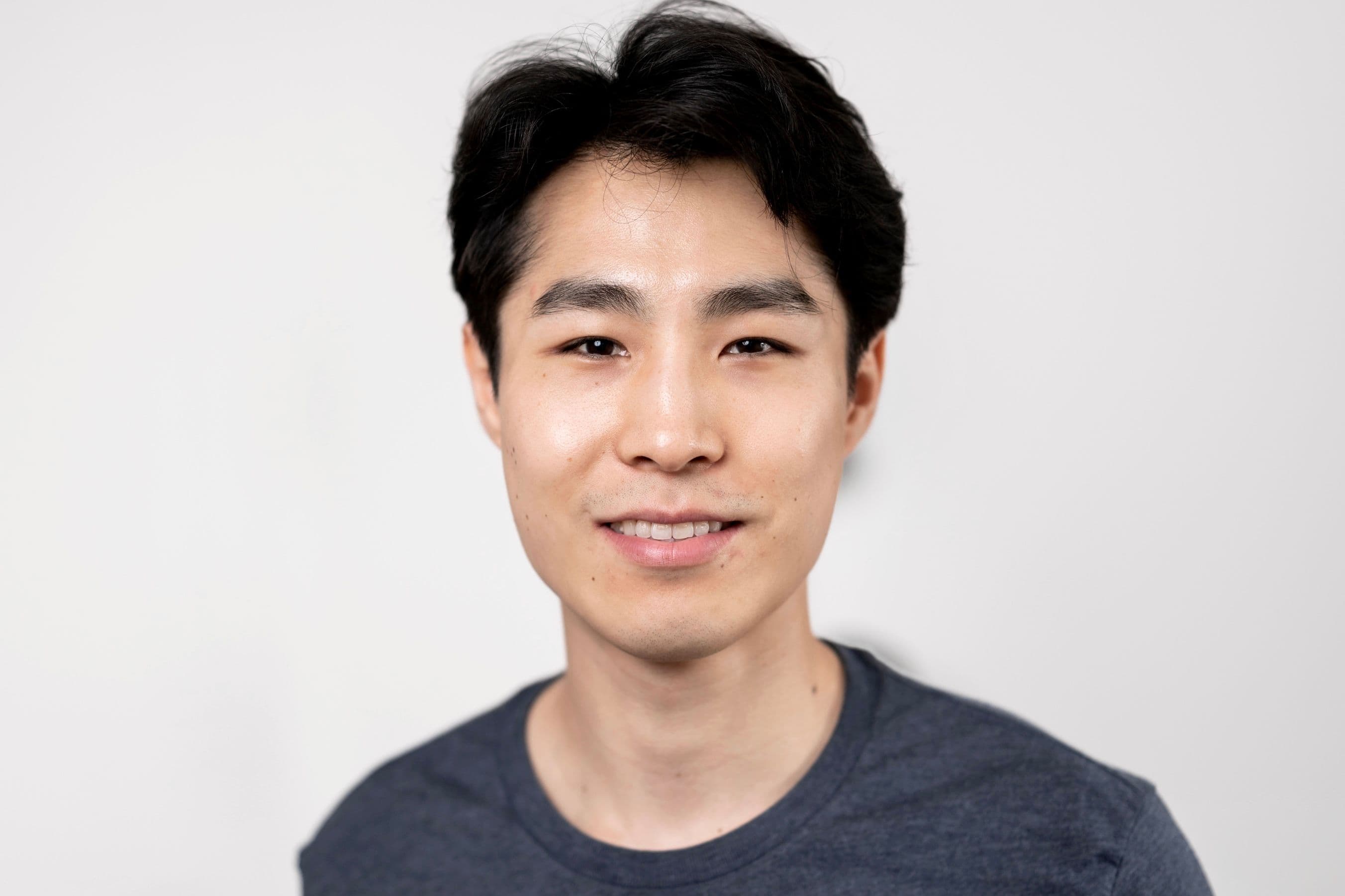Does a DKIM record's selector need to be unique per domain?

Michael Ko
Co-founder & CEO, Suped
Published 6 May 2025
Updated 18 Sep 2025
7 min read



s1._domainkey.yourdomain.com TXT "v=DKIM1; k=rsa; p=MIGfMA0GCSqGSIb3DQEBAQUAA4GNADCBiQKBgQDn...
s2._domainkey.yourdomain.com TXT "v=DKIM1; k=rsa; p=MIIBIjANBgkqhkiG9w0BAQEFAAOCAQ8AMIIBCgKCAQEA...
